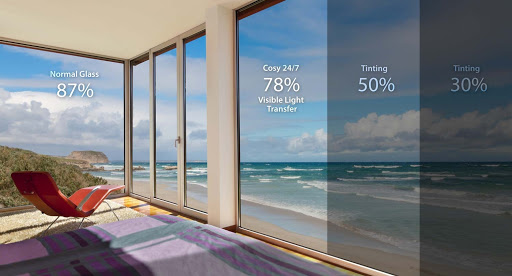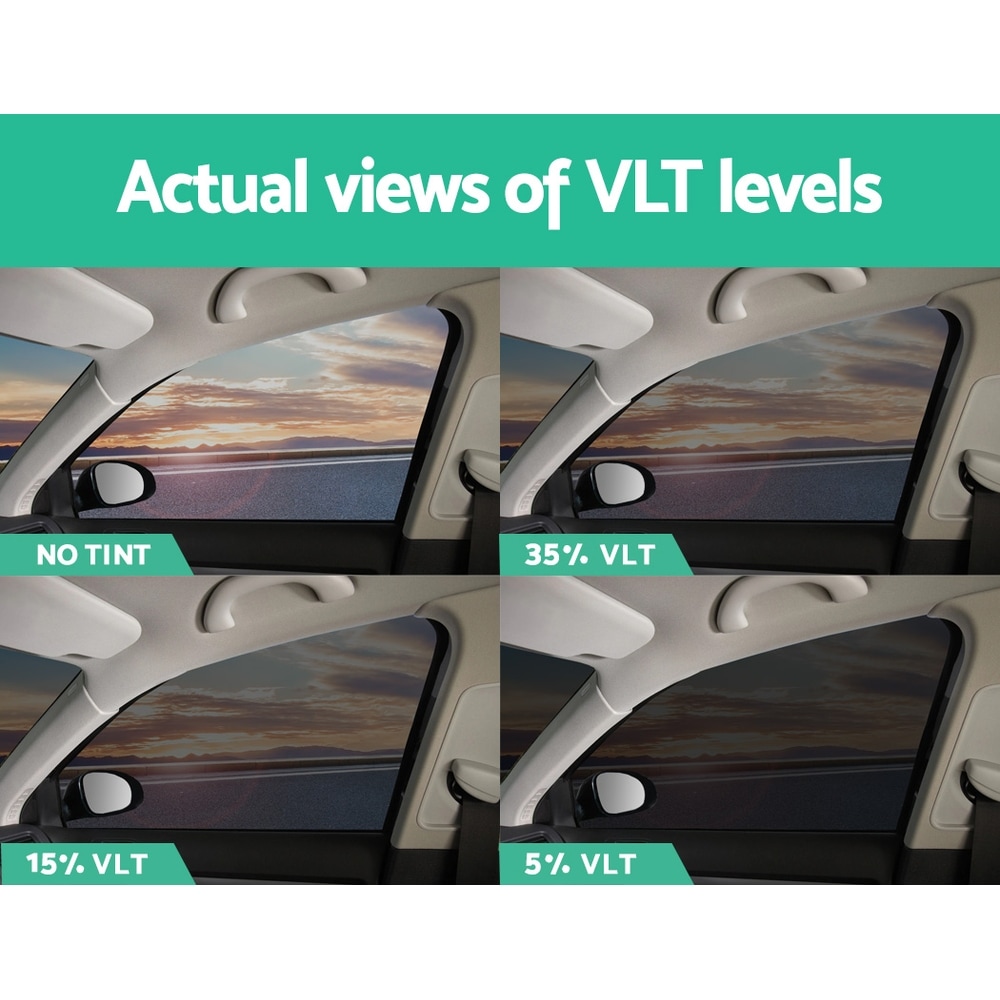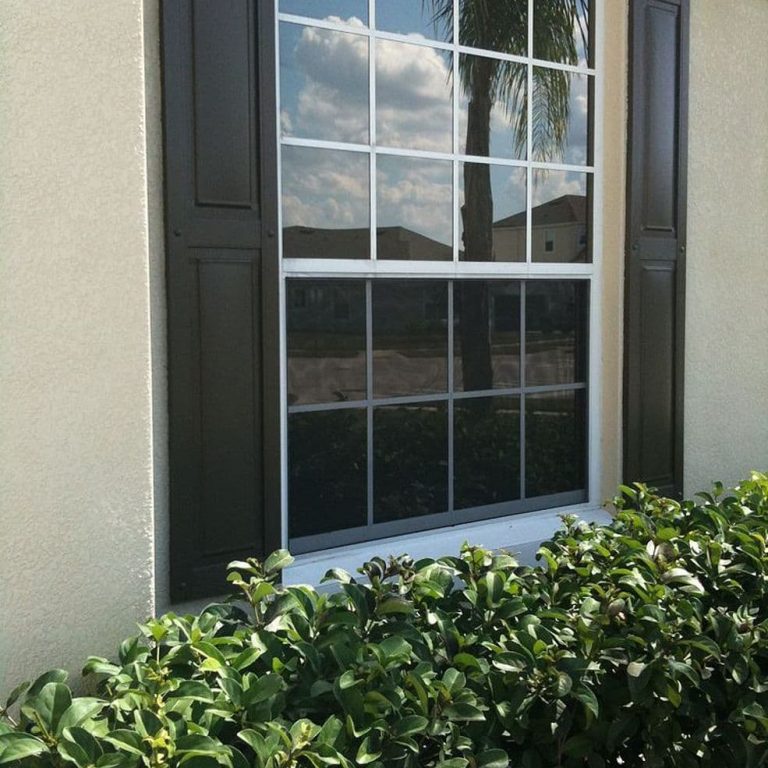

This is a popular choice because at this level, a window film will make drastic cuts to heat and glare, but it will still allow a significant amount of natural light to enter the home. Many homeowners we work with settle around the 35% range in terms of VLT. In other words, the more light your window film blocks, the more heat you keep out. A significant portion of the sun’s heat and radiation come through the visible light spectrum. Linked to the VLT, of course, is the film’s ability to block the sun’s heat. The lower VLTs-often in the 10% range-will allow very little light into your home. In other words, films that have a high VLT will allow more light to filter through your windows, while films with a low VLT will allow less light to do so.

The percentage listed for a window tint is a measurement of how much light can filter through the tint. One common mistake is to assume that the percentage listed for a window tint is a measurement of how dark the tint is. When tinting home windows, homeowners will find films available in a wide spectrum of shades and percentages. At Superior Window Solutions, we offer a lifetime warranty on all of our residential, commercial, and automotive window films.Before you start considering your options, it’s important to know one specific term: visible light transmission, or VLT.
#Tinted window film for home windows
Tinting home windows can be a delicate process and should be performed by experienced professionals who stand by their work.

Does tinting home windows come with a warranty? This annealed glass is typically heat-treated and produced with two different layers of glass (hence, it is also called double-paned glass). There's a lot of control over tint and it reflects heat, but higher amounts of metal can affect cell phone signals. Tinted windows for houses are specially manufactured with a basic flat glass structure, which is also known as annealed glass. A hybrid tinted window film combining metalized layered with dyed film layers proves a more affordable option. The most common these days begin with the more advanced ceramic tints, which offer superior filtering of nonvisible light and heat, which usually allows a lighter tint, providing greater clarity and flow of natural light, with reduced glare.Ĭarbon window films use nanotechnology to produce another efficient option that results in a true black tint that hues a little darker and does not fade over time. Home window films are tinted using different materials that vary in price and efficiency.

This type of film lends to a darker, often reflective tint. Security window film tends to be thicker, designed to withstand forceful impact to prevent broken windows from shattering. The main purpose of solar window film is to efficiently control heat and invisible light frequencies passing through the film, while still allowing comfortable, natural lighting. The intended function of your home window film may impact the type of film you choose. This is a pretty inexpensive option available for reducing heat transfer through windows. It doesn’t keep out as much heat as a Low-E glass would, but it will let in more light than solar screens. However, that privacy may be reversed somewhat when lights are on inside at night, and may not be as appealing cosmetically as non-reflective film. Tinted window film is actually a thin, reflective film that adheres to the glass of the window itself. Reflective window film tends to be better at reducing heat and glare, and make looking inside a home all but impossible during the day. While it's still the better option for some needs, there are non-reflective window films out there that provide a greater degree of flexibility choosing your home window film. Once upon a time, reflective window film was about the only option for tinting home windows. However dark a window film you opt for, it should also filter out the heat and radiation of nonvisible light frequencies, which will keep your interior cooler and prevent carpet, upholstery, and furniture colors from fading. A lower degree of window tinting may be better for those who appreciate a lot of natural light during the daytime. While it's true a darker home tint will make it hard for people to see in, meaning a greater degree of privacy, it will also reduce the amount of visible light passing through the home window film. This one's not always as easy as it sounds. There are simple questions you can ask to help determine your particular home tint needs, and figuring out the answers will help you know what to look for when selecting window film. When tinting home windows, there are many different home window film options, each with their own valuable set of benefits.


 0 kommentar(er)
0 kommentar(er)
